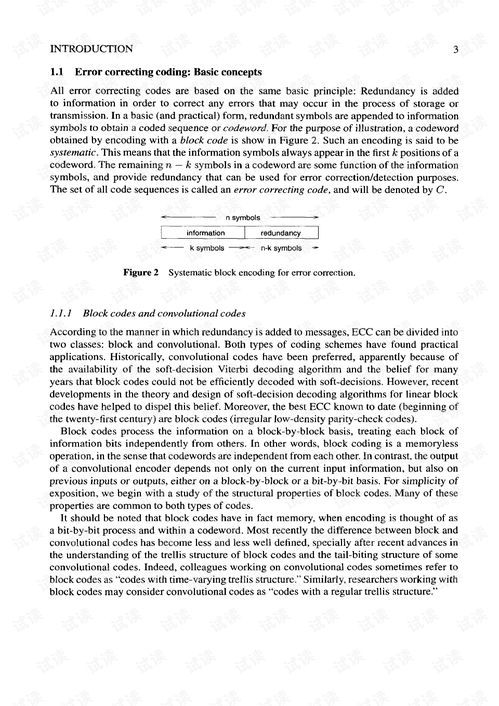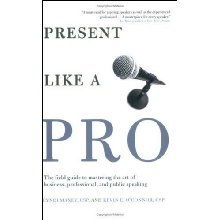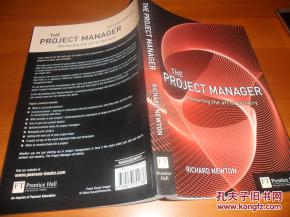Introduction
Bait fishing is an ancient and cherished pastime that has captivated anglers across the globe. One of the most critical aspects of successful bait fishing is mastering the art of tuning your float, which can significantly impact your chances of catching more fish. In this article, we will delve into the intricacies of float tuning and provide you with a comprehensive video guide to help you refine your technique.
Understanding the Float
Before we dive into the技巧, it's essential to understand the role of the float in bait fishing. The float, also known as a bobber, is a buoyant device that is attached to the fishing line above the bait. Its primary function is to indicate when a fish has taken the bait by pulling the float under the water.
Selecting the Right Float
The first step in tuning your float is to select the right one for your fishing conditions. Different floats are designed for different types of fishing environments and bait. Here are some factors to consider when choosing a float:
- Size: Larger floats are suitable for deeper waters, while smaller floats are better for shallow waters.
- Shape: Some floats are designed to sit horizontally, while others are vertical. The shape can affect how the float moves in the water.
- Density: Some floats are heavier, which can help you feel even the smallest bites.
Basic Tuning Techniques
Once you have the right float, here are some basic tuning techniques to get you started:
Adjusting the Length of the Leader: The leader is the length of fishing line between the float and the hook. Adjusting the length can help you present the bait at the desired depth. For deeper water, use a longer leader, and for shallow water, use a shorter leader.
Balancing the Float: To balance the float, tie a small weight (like a split shot) to the leader above the float. Adjust the weight until the float is horizontal when at rest. This ensures that the bait is at the desired depth when the float is in a natural state.
Setting the Sensitive Zone: The sensitive zone is the area on the float that moves when a fish takes the bait. To set this, gently tap the float with your finger until it starts to move. This will help you detect even the smallest bites.
Advanced Tuning Techniques
Once you've mastered the basic techniques, you can explore more advanced tuning methods:
Using a Float with a Sinker: For heavier baits or stronger currents, you may need to use a float with a built-in sinker. Adjust the sinker size and position to control the depth of the bait.
Adjusting the Weight of the Bait: The weight of the bait can also affect how it moves in the water. Experiment with different weights to see which one produces the best results.

Using a Sliding Float: A sliding float allows you to adjust the depth of the bait without changing the leader length. This can be particularly useful in varying water conditions.
Video Guide
To help you visualize and understand these techniques, we have compiled a comprehensive video guide that covers all aspects of float tuning. The video includes step-by-step instructions, demonstrations, and tips from experienced anglers. Whether you are a beginner or an experienced angler looking to refine your skills, this video is an invaluable resource.
Conclusion
Tuning your float is a vital skill for any bait fisherman. By understanding the basics and exploring advanced techniques, you can significantly improve your chances of success on the water. With the help of our comprehensive video guide, you'll be well on your way to mastering the art of float tuning and enjoying more rewarding fishing experiences. Happy fishing!












